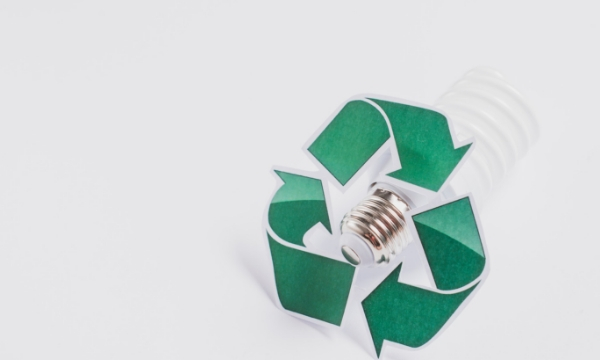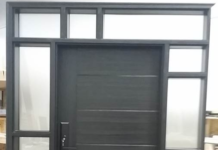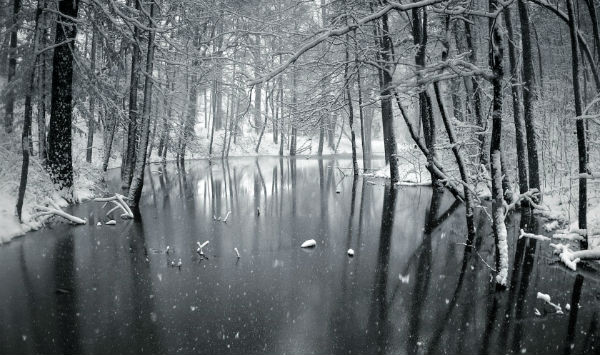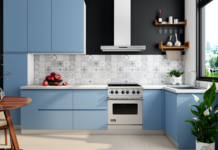If you’re finding ways for saving energy to cut on cooling and heating costs, such as by installing updated and efficient air conditioning systems or insulating the walls and attics in your home, you might have bumped into different saving energy myths. Let’s reveal the top five to know about becoming energy efficient.
First of All, You Should Install A Solar PV
This myth is probably one of the most common you will find around when talking about energy efficiency. While installing solar PV on your roof can make you to the talk of the town in your neighborhood, it is not that first step to improve the energy efficiency of your home.
In fact, there are better and less expensive ways to save energy and money in the end. Some of these include insulation of the attics, floors, and walls (More on insulation in a bit), using energy-efficient or Energy Star rated appliances and investing in energy-saving water heaters, air conditioning systems and furnaces.
PV systems can cost around $28,000 even if they can save homeowners up to 73% in electricity use. That’s a whopping amount of investment that may be unrealistic and impractical for many homeowners.
Energy Efficiency Is Expensive
It’s not. While energy efficient appliances and technologies, such as air conditioning systems, require higher upfront cost than those unrated for energy efficiency are, they can pay for themselves in the end because they’ll give you more energy savings later.
Summing up, energy efficiency isn’t costly, but it can save you money. For example, an Optimal Energy report has confirmed that Pennsylvania families and businesses will save $278 million a year for its Energy Efficiency Law, which can also reduce up to 23 million tons in terms of a carbon footprint because of energy efficiency practices and measures in place.
All Insulation Is Equal
This energy-saving myth misleads and misinforms many homeowners, who end up thinking that all insulation is equal. Truth be told, installing a poor home insulation system is bad for the health because it can worsen asthma symptoms and allergen levels at home. That alone would reveal that not all insulation is equal.
If they were, there should have been the same types of materials used to insulate a home in the first place.

Insulation materials vary. Some are rock, fiberglass, cellulose, slag wool, sleek foils, and foam boards. They also work differently. For example, foam boards trap air to resist conductive heat flow, while reflective insulating materials can reflect radiant heat away from living spaces that is valuable in the cold winter.
That is why it is important to choose the right insulation system because it can affect the energy you’re using at home or business and relieve asthma symptoms.
Otherwise, the energy you’ll use in cooling or heating your space will just leak out and cost you more money.
But with proper insulation, you can also improve comfort at home and lower carbon footprint.
Bottom line, it is important to select the kind of insulation material as well as to install them properly. If not, even good-performing fiberglass will not perform well if installed incorrectly.
Energy Efficiency Is The Same As Energy Conservations
While the two terms are often used interchangeably because many think they mean the same thing, they’re actually distinct from one another.
- Energy efficiency: It is a process of producing an equal energy amount but with less energy intake and fewer resources used. For example, using LED light bulbs over incandescent bulbs require less energy. Thus, the prior is more energy efficient than the latter is.
- Energy conservation: It is a process that involves changing behaviors or taking measures to reduce the energy to be used. For example, turning off the lights when not in used or leaving your home is an energy conservation method.
Both processes, however, have one goal, which is to limit the number of resources needed in energy usage. Again, they’re related but different.
Geothermal Systems Provide Free Energy
Normally, ground temperature at certain feet below stays at about 50-55 degrees Fahrenheit. For this reason, a geothermal system is using this temperature in order to produce more heat in the winter and keep your home cool in the summer.
While this energy is free, it isn’t when the process of moving it from the ground into your home is involved because it requires compressors and pumps to do that.

A geothermal system will also use electricity to transfer that temperature into your home. But in the end, it still helps you become more energy-efficient.
According to some sources, geothermal heat pumps can cut your home’s overall cooling and heating cost by up to 60%. However, again, it is costly to buy and install the pipes down to up to 200 feet. This process might cost around $20,000, which is double the price of an energy-efficient air conditioning system.
The US Department of Energy reveals that a geothermal heat system can save homes up to 70% in heating and cooling cost, totaling up to $716 annually.
Conclusion
By now, you probably know the top five myths about saving energy that might enlighten you on the truth on what really are the best ways to become energy-efficient and save money in the end.
So again, choose the right insulation materials (and have them installed correctly), install energy-efficient technologies, such as air conditioning systems, and practical ways on how to conserve energy, to name some. These are truths (on measures) that will make your pocket and Mother Earth happy.













![Best Crochet Hooks for Beginners and Pros [2020 Update] best crochet books](https://www.awebtoknow.com/wp-content/uploads/2018/01/best-crochet-books-100x70.jpg)


